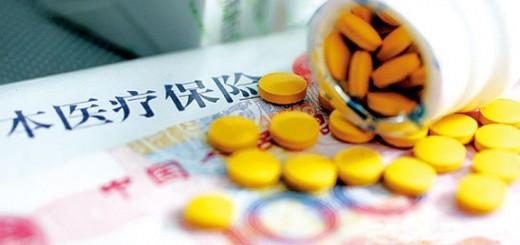| Share This Article
Research Frontiers of Medicinal Plants |
||
| DOWNLOAD |
|
Downloads Pharmacological Review of Ginsenoside Dammarane Saponin Rh2 Downloads Pharmacological Review of Ginsenoside Dammarane Saponin Rg1 Downloads Pharmacological Review of Ginsenoside Dammarane Saponin Rb1 Downloads Pharmacological Review of Aglycon Dammarane Sapogenin (AGS) – Protopanaxatriol (PPT) Downloads Pharmacological Review of Aglycon Dammarane Sapogenin (AGS) – Protopanaxadiol (PPD) |
The protective effect of dammarane sapogenin protopanaxadiol on muscle atrophy after peripheral nerve injury
In North America, data taken from a trauma population in Canada revealed that approximately 2-3% of patients had a major nerve injury. In New South Wales, Australia, 2% of patients were reported to have a major nerve injury. Peripheral nerve injuries may result in loss of motor function, sensory function, or both. If the peripheral nerve can not be re-connected, long-term denervation (loss of nerve supply) can cause muscle atrophy (a partial or complete wasting away of muscle). In the early stages following peripheral nerve injury, physical therapy is started to maintain passive range of motion in the affected joints and to maintain muscle strength in the unaffected muscles. However, the functional recovery is not always satisfactory. Protopanaxatriol (PPT) is a dammarane-type tetracyclic terpene sapogenin found in ginseng (Panax ginseng) and in notoginseng (Panax pseudoginseng), and it has pleiotropic pharmacological effects, including bone marrow stimulation, immune respnse enhancement, anti-inflammation, etc. Interestingly, the muscle loss might be prevented, or at least slowed, by the use of protopanaxatriol, reported by a study published on Journal of Jilin University (Medicine Edition) 2010, 36(1). The study replicated the peripheral nerve injury (sciatic nerve severance) in Wistar rats, which was then treated with protopanaxatriol-type saponins intramuscularly at either 25 mg/kg or 50 mg/kg for 24 weeks. Also, ATP was adminstered as the positive control. After the nerve injury, the muscle mass, cross-sectional area of the muscle, and the diameter of muscle fibers decreased gradually over time. At 16 weeks, a less reduction in above parameters was observed in both PPT and ATP treatments. However, the positive effect of ATP faded away at 20 weeks, by when the beneficial effect of PPT at both doses on the muscle still remained. Compared to the control, PPT treatment could also slow down the loss of motor plate, a terminal structure by which a motor neuron establishes contact with a muscle fiber. Overall, PPT can protect muscle wasting after peripheral nerve injury, and may give rist to a better recovery of motor function if used with surgical repair. |








